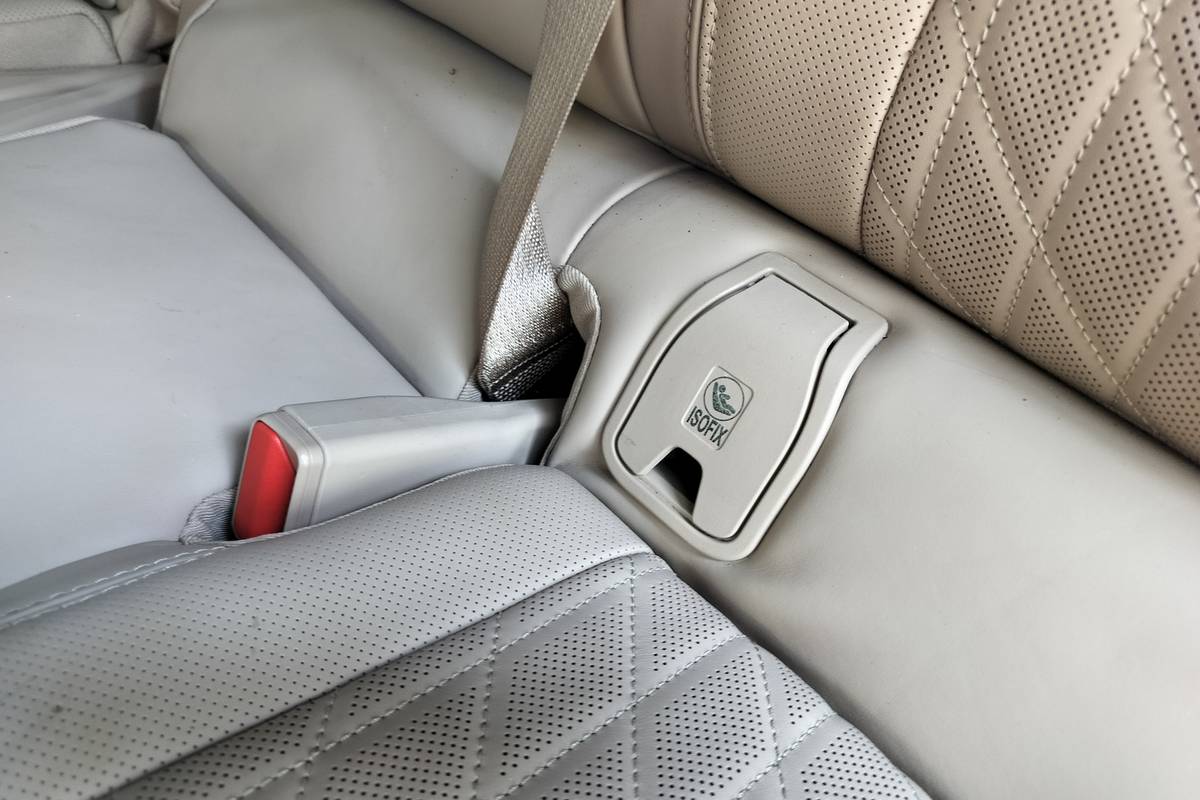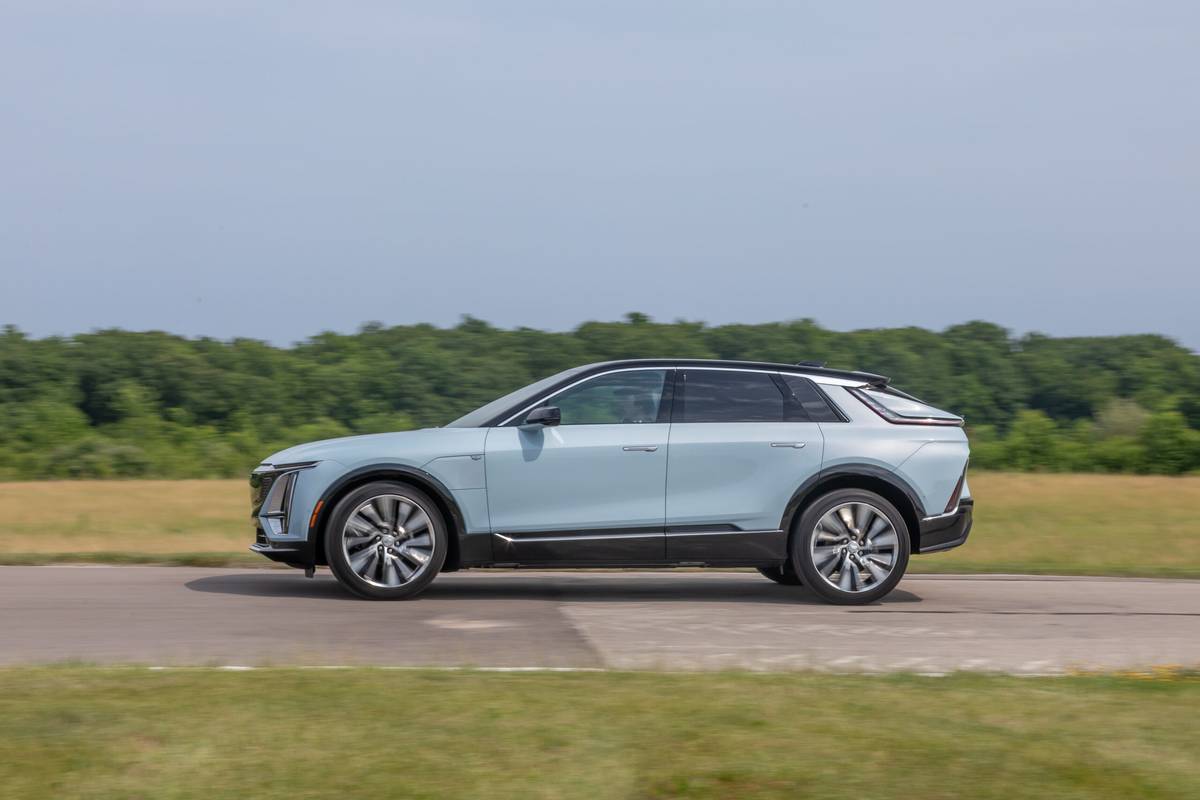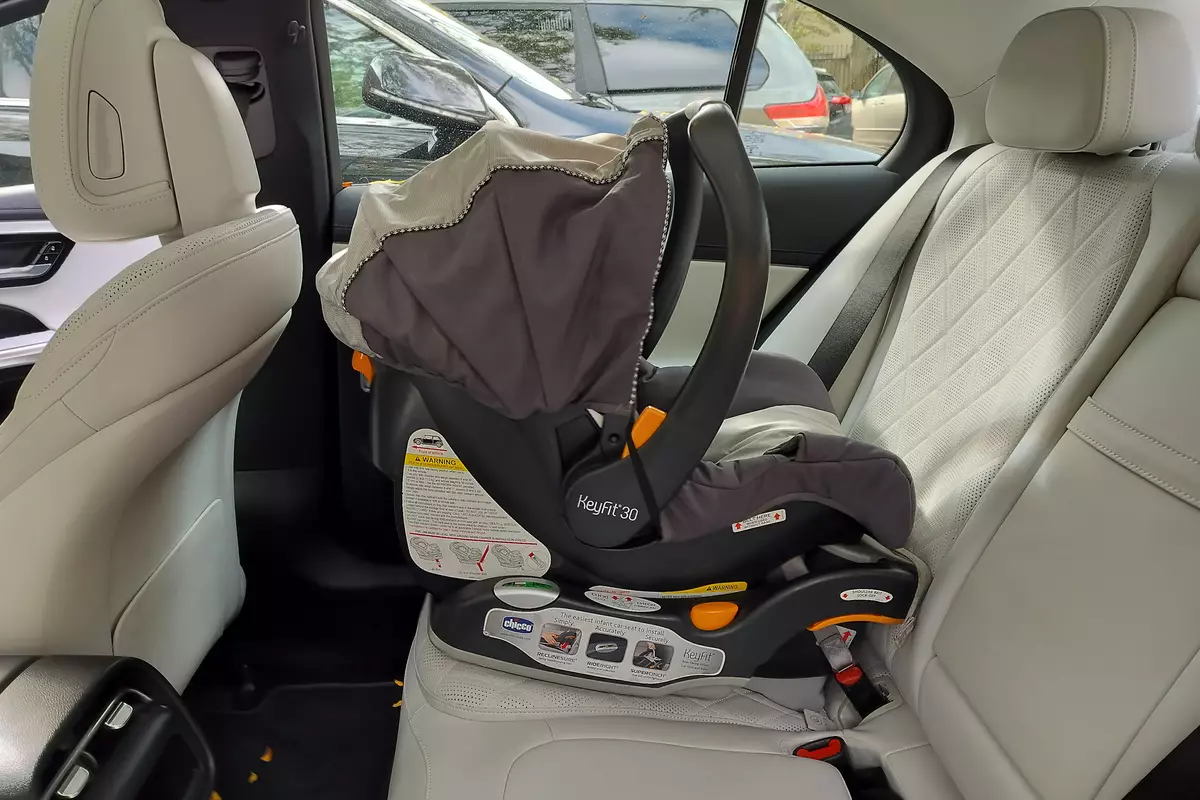The Morning Call and Mcall.com's view
The Chevrolet Impala SS is a revered name in the halls of Chevrolet. During its ’60s heyday, this mighty machine devoured blacktop with alacrity. These rear-drive monsters delivered boatloads of fun in what was Chevrolet’s and GM’s most popular car line.
Of course, back then, Chevrolet accounted for half of GM’s sales, and almost a quarter of the U.S. auto market. That’s about what all of GM commands today. But even with GM’s diminished size, the Impala is still among Chevrolet’s most-popular models, and there are quite a few reasons for that.
For about the same money as a mid-sized car, the Impala delivers full-sized room.
There are four models in the Impala line-up. The line starts with the base LS and better-trimmed LT, both powered by a new 3.5-liter 211-horsepower V-6. Step up to the LTZ, and you’ll find a 240-horsepower 3.9-liter V-6 under the hood. Finally, there’s the Impala SS, powered by a 5.3-liter small-block V-8. All engines are overhead-valve engines and come hitched to one transmission — a four-speed automatic.
You could toss a few bricks at GM for sticking with overhead-valve engines and four-speed automatics when the rest of the industry is marketing overhead-cam engines and five- or six-speed automatics with manual shift control. From a marketing standpoint, it puts GM at a disadvantage.
Still, get behind the wheel and twist the key. The small-block rumbles to life with a healthy note that’s music to the ears. Stomp on the throttle and enjoy the power — there’s 303 horsepower under your sole.
That said, care is called for when applying the throttle. That’s because pouring 303 ponies through the front wheels, which also have to steer, results in the car scrambling for traction. This will pull the car to the left or right, and means the driver must pay attention. Of course, this is only when you apply throttle pressure with all the finesse of Bigfoot. Most of the time, it’s not an issue.
For those other times, the small-block V-8 features Displacement on Demand. When cruising, or using light throttle pressure, the car will run on only four cylinders. It’s so seamless, you’ll never notice, unless you check the dashboard readout.
Steering had decent road feel and the suspension tuning was good; the car could be easily hustled through the twisties, although it never felt really fun doing it. That’s despite the presence of the sport-oriented FE3 suspension. But the Impala never felt soft or wallowy.
Similarly, braking was pretty good, but not as great as you might expect from a car with sporty pretensions. The Impala SS has four-wheel, anti-lock disc brakes. Traction control is standard, but stability control is not available.
Also lacking from the options list is a transmission other than the four-speed slushbox. While most people won’t shift for themselves, a performance sedan should at least have an automatic with manual shift ability.
Ultimately, the car performs fine, and is much more fun than most V-6-powered, mid-sized family sedans. But the Impala lacks the personality of the last V-8-powered, rear-wheel-drive Impala SS, even though the new front-wheel-drive Impala SS outperforms it.
Interior fit and finish are a huge improvement over the 2005 Impala and switchgear felt great; there was none of the gray plastic that has afflicted GM for too long. The design was clean and contemporary.
The Bose audio system featured XM satellite radio, as well as an auxiliary input jack for iPods and other MP3 players.
Head and legroom were good all around, although the leather front bucket seats were flat, and became uncomfortable after some time in the saddle. The trunk was absolutely huge.
Highway noise was well-suppressed.
While the Impala SS isn’t quite the monstrously fun driving experience of its forebears, it’s a mellow, high-powered family sedan. Thought of in that light, it’s quite a buy. Simply put, for a starting price of 27 grand, there’s no competition.
The Dodge Charger available at this price is a V-6. Opt for the Hemi V-8, and you’re at 29 grand; all-wheel-drive will put the car in the low 30s. The Ford Five-Hundred has room and even more uncomfortable seats and has nearly 100 horsepower less. The Toyota Avalon has less power, but more refinement, although it is more boring to drive.
So despite some chinks in the armor, the Impala is a pretty good steed that still hasn’t quite measured up to its legendary name.
– – –
lprintz@mcall.com
610-820-6713
Latest news



